Pesto Basics
When I was a little kid, my parents invited family-friends over for dinner once in a while. Honestly, I have no idea how often it was. It’s all a big blur for me. I just remember waiting at the window, asking my parents (probably every 5 minutes because that’s the kind of annoying thing that all kids do) when the guests were going to arrive.
And, I remember the meal.
Boy, do I remember the meal. My mom’s 3 famous dishes were either butter chicken curry, homemade pumpkin ravioli with a pork, sun dried tomato, and cream sauce, or hand-shaped gnocchi and pesto. There might have been more, but those are the three I remember because I loved them. Especially the gnocchi and pesto. When I’d smell the toasted pine nuts and torn basil waft through the house from the steamy kitchen, and I’d run in to see her painstakingly rolling each little dumpling with the tines her fork, I’d get giddy. And once the long-awaited mealtime arrived, I was never disappointed. But mom never made this for just our family. It was most definitely a special occasion food. And it wasn’t until years later that I learned how quick the pesto was to pull together. (Now the gnocchi, on the other hand, is another lesson for another day)
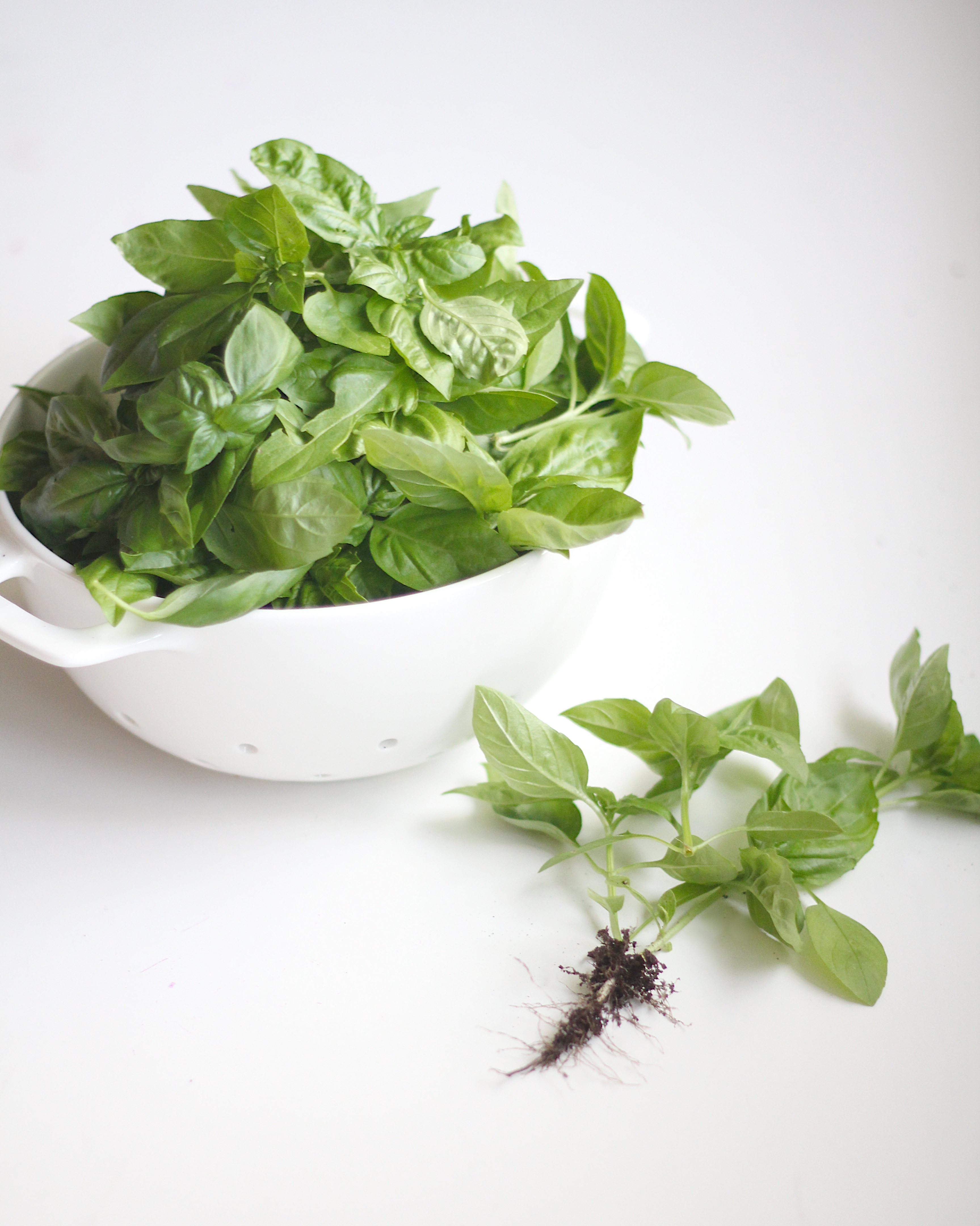 In it’s most basic form, pesto is an herb, an aromatic, a nut or seed, oil, and often some kind of cheese which are all pounded, smashed, crushed, or ground together to make a thick paste. Traditional Genovese pesto (which is where it originated) was made in a mortar and pestle with basil, olive oil, garlic, toasted pine nuts, and Parmigiano Reggiano, Pecorino Romano, and/or Fiore Sardo cheeses. But modern food culture loves fusion cuisine, and why not? If you have the main idea, play around with flavors and textures. So today we’re going to talk about 3 different flavor profiles of pesto. Traditional with a twist, Japanese, and Latin. And if this concept is new to you, your life is going to change. If it’s not new, you’re already my soul-sister or brother.
In it’s most basic form, pesto is an herb, an aromatic, a nut or seed, oil, and often some kind of cheese which are all pounded, smashed, crushed, or ground together to make a thick paste. Traditional Genovese pesto (which is where it originated) was made in a mortar and pestle with basil, olive oil, garlic, toasted pine nuts, and Parmigiano Reggiano, Pecorino Romano, and/or Fiore Sardo cheeses. But modern food culture loves fusion cuisine, and why not? If you have the main idea, play around with flavors and textures. So today we’re going to talk about 3 different flavor profiles of pesto. Traditional with a twist, Japanese, and Latin. And if this concept is new to you, your life is going to change. If it’s not new, you’re already my soul-sister or brother.
For the Japanese version, I’m using a Japanese herb called shiso. If you’ve never heard of it, I recommend you seek it out. Unfortunately, outside of Japan, it’s really hard to find. I grow my own heirloom variety every Summer because I love it so much. It’s super easy to grow, and there really is nothing like it. It’s just so … Japanese. So I realize it’s a little obnixious of me to give you a recipe that’s based around an obscure ingredient, but when you go to that stand at the farmer’s market that sells rare produce or you happen to be at Mitsuwa in Chicago, you’ll look at the jagged-edged gorgeous leaves, take a whiff, and thank me for telling you one way to use it.
For the Latin version, I’m using cilantro. I feel like people fall into 2 camps with cilantro. They either hate it or love it. I LOVE it. I can’t get enough. And if you’re like me, you are going to appreciate this sauce. I stir it into my scrambled eggs and the world around me goes silent while I savor the perfect combination of the creamy, smooth eggs and the fresh, bright, kind of grassy savory perfection of the pesto. Until, that is, I am rudely thrown back into reality by “mom, mom, mom, mom, mom” and crying baby and, let’s not forget, “These are the best eggs ever. Can I please have more?” Why yes, angel child, yes you may.
The cool thing is, pesto isn’t just for pasta. You can spread it in a sandwich, add it to soup, dollop it onto pizza, swirl it into a savory soufflé, brush it onto fish. In fact, I got the idea for the Japanese pesto from one of my all-time favorite cookbooks, The Japanese Grill, where he uses his pesto on salmon. And it’s genius.
Real quick … I’m going to be annoying here, but there’s that pesky little (but actually HUGE) problem of phytic acid again. It’s in nuts and seeds, too! But the good news is, with a little soak and roast, a substantial portion of the phytic acid can be removed. Plus roasting tastes better, so it’s a double win! Don’t omit the soaking and roasting step, make a double batch, and freeze in 1/2~3/4 cup portions for the next time you want some without the work.
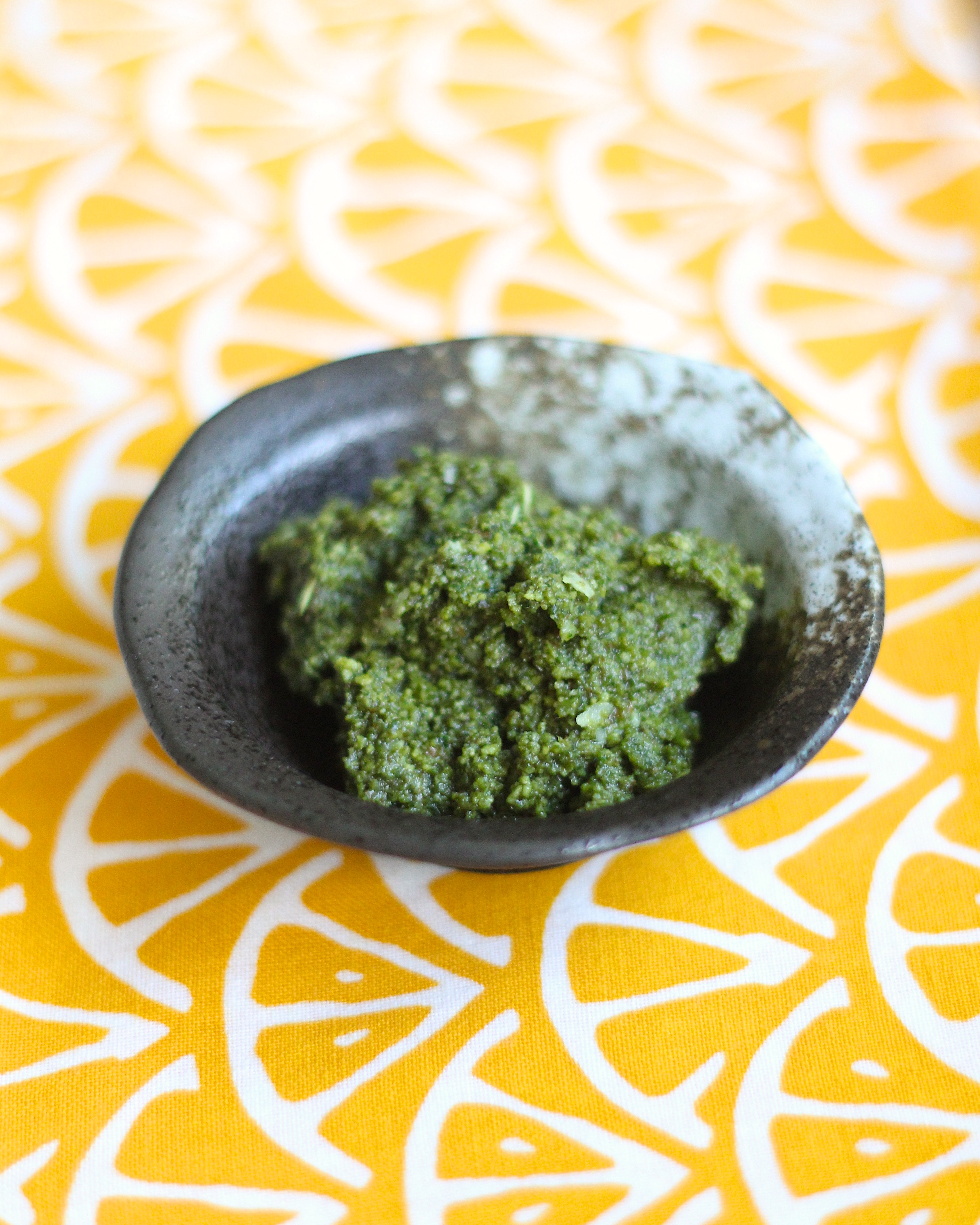

- 2 cups fresh basil leaves
- 1/4 cup almonds
- 3 garlic cloves, unpeeled
- 1/2 cup good quality, fresh extra virgin olive oil
- 1/4 cup freshly grated Parmigiano Reggiano or Pecorino Romano cheese
- Place the almonds in a small bowl and cover with warm water by a couple of inches for at least 8 hours or overnight. Preheat the over to 350°F. Drain, rinse, and pat the nuts dry with a clean towel. Place the nuts on a lined baking sheet and roast for 15-20 minutes until they are dry, lightly browned, and fragrant.
- Place the garlic cloves in a dry skillet over medium heat, shaking once in a while, until fragrant and the skin has dark spots, about 6-8 minutes. Let cool, peel, and mince.
- In the bowl of a food processor, combine the basil, almonds, and garlic. Run the machine until smooth. Scrape down the sides, and with the machine running, slowly pour in all of the oil. Transfer the mixture to a bowl and stir in the cheese. Season with salt to taste.
- If not using immediately, transfer to a small airtight container, smooth out the top, and cover with a thin layer of olive oil. Then you can refrigerate for up to 3 days or freeze for up to 3 months.
- You can replace the cheese with nutritional yeast for a vegan option or you could omit it altogether.


- 2 cups shiso leaves
- 2 tablespoons brown sesame seeds
- 1 green onion, minced* (see notes)
- 1/2 cup neutral tasting oil such as avocado, or for a more robust flavor, a good extra virgin olive oil works well
- 1 tablespoon soy sauce, preferably organic
- Place seeds in a small bowl and cover with warm water by a couple of inches for at least 8 hours or overnight. Preheat the over to 350°F. Drain, rinse, and pat the seeds dry with a non-terry cloth. Place the seeds on a lined baking sheet and roast, shaking the pan occasionally, for 5-10 minutes, until lightly browned and fragrant.
- In the bowl of a food processor, place the shiso leaves, sesame seeds, green onion, and soy sauce. Let the machine run until smooth, scraping down the sides as needed. With the machine running, slowly pour in all of the oil.
- * To mince a green onion, cut off root and slice one or two times lengthwise. Then slice very thinly crosswise, and you'll have a very fine mince.
- If not using immediately, transfer to a small airtight container, smooth out the top, and cover with a thin layer of olive oil. Then you can refrigerate for up to 3 days or freeze for up to 3 months.


- 2 cups cilantro, most of the stems removed
- 1/4 cup raw pepitas (hulled pumpkin seeds)
- 2 garlic cloves
- 1/2 cup good quality olive oil
- Place the pepitas in a small bowl and cover with warm water by a couple of inches for at least 8 hours or overnight. Preheat the over to 350°F. Drain, rinse, and pat the nuts dry with a clean towel. Place the seeds on a lined baking sheet and roast for 10-15 minutes until they are dry, lightly browned, and fragrant.
- Place the garlic cloves in a dry skillet over medium heat, shaking once in a while, until fragrant and the skin has dark spots, about 6-8 minutes. Let cool, peel, and mince.
- In the bowl of a food processor, combine the cilantro, pepitas, and garlic. Run the machine until smooth. Scrape down the sides, and with the machine running, slowly pour in all of the oil. Season with salt to taste.
- If not using immediately, transfer to a small airtight container, smooth out the top, and cover with a thin layer of olive oil. Then you can refrigerate for up to 3 days or freeze for up to 3 months.
The Japanese Grill by Tadashi Ono and Harris Salat
California Olive Ranch Extra Virgin Olive Oil or O-live Extra Virgin Olive Oil

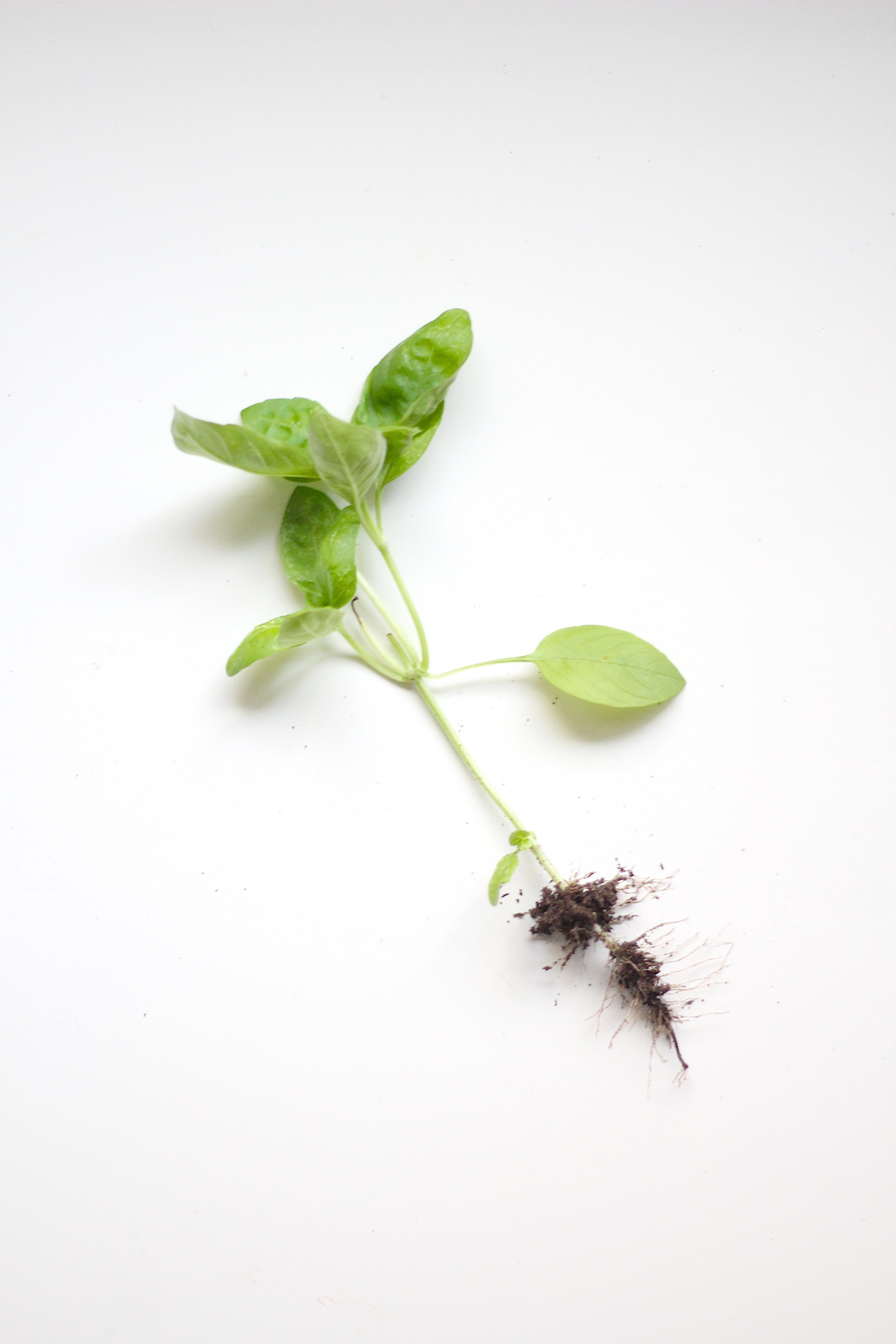
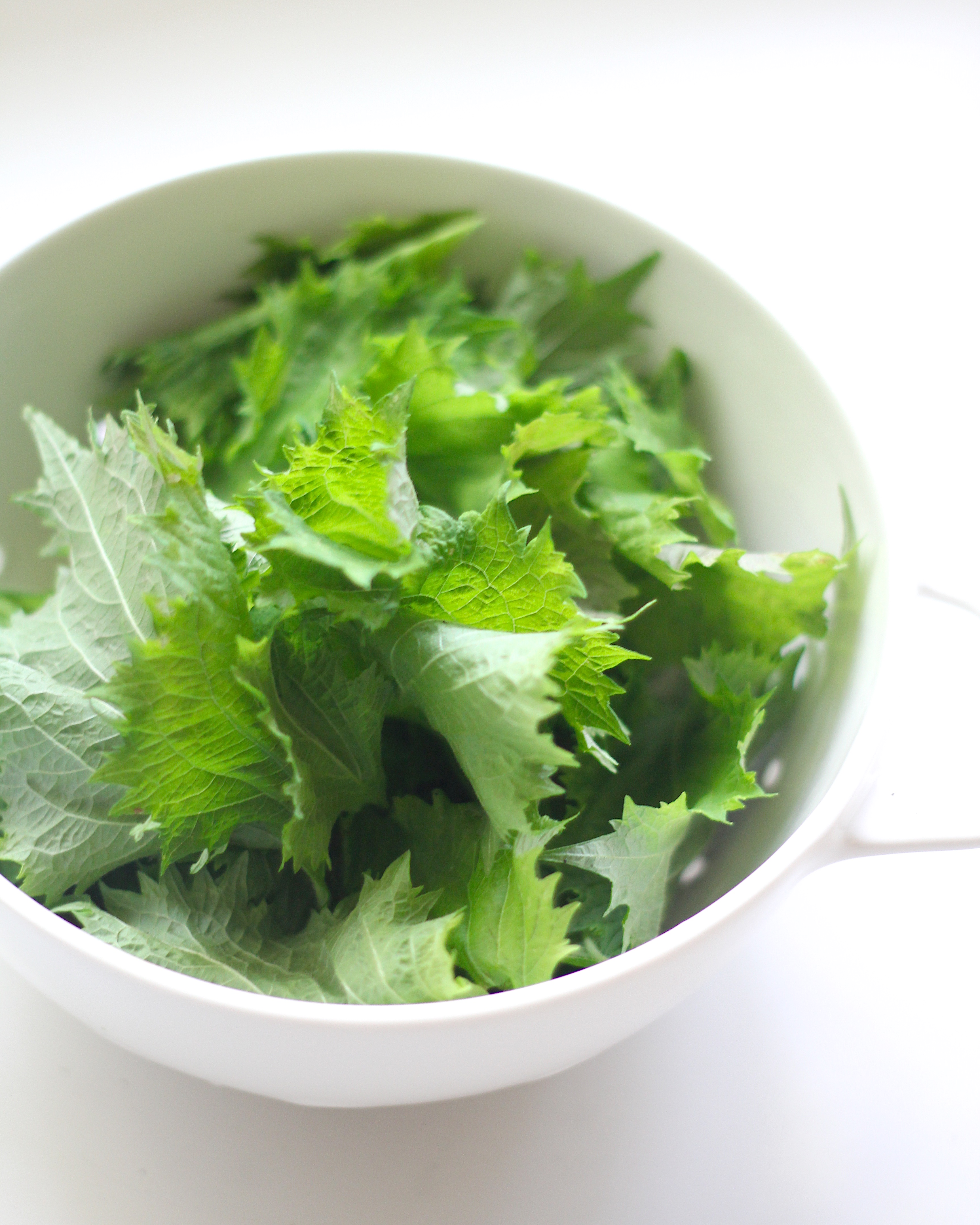


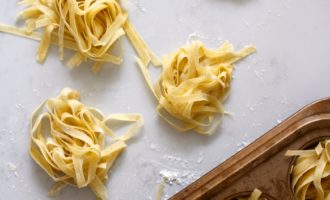
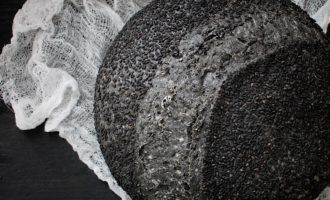
Be the first to comment.